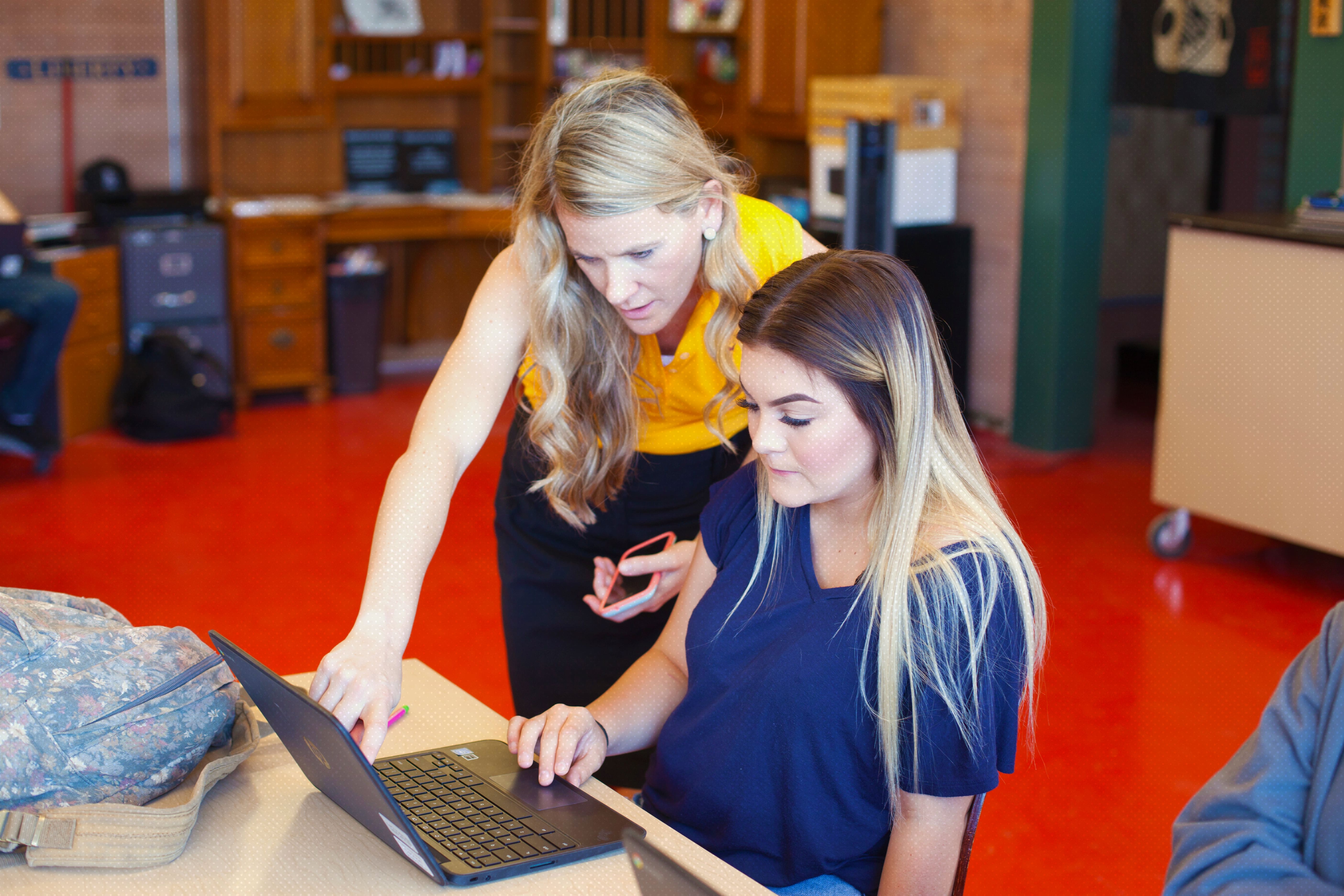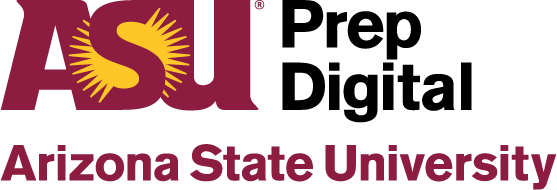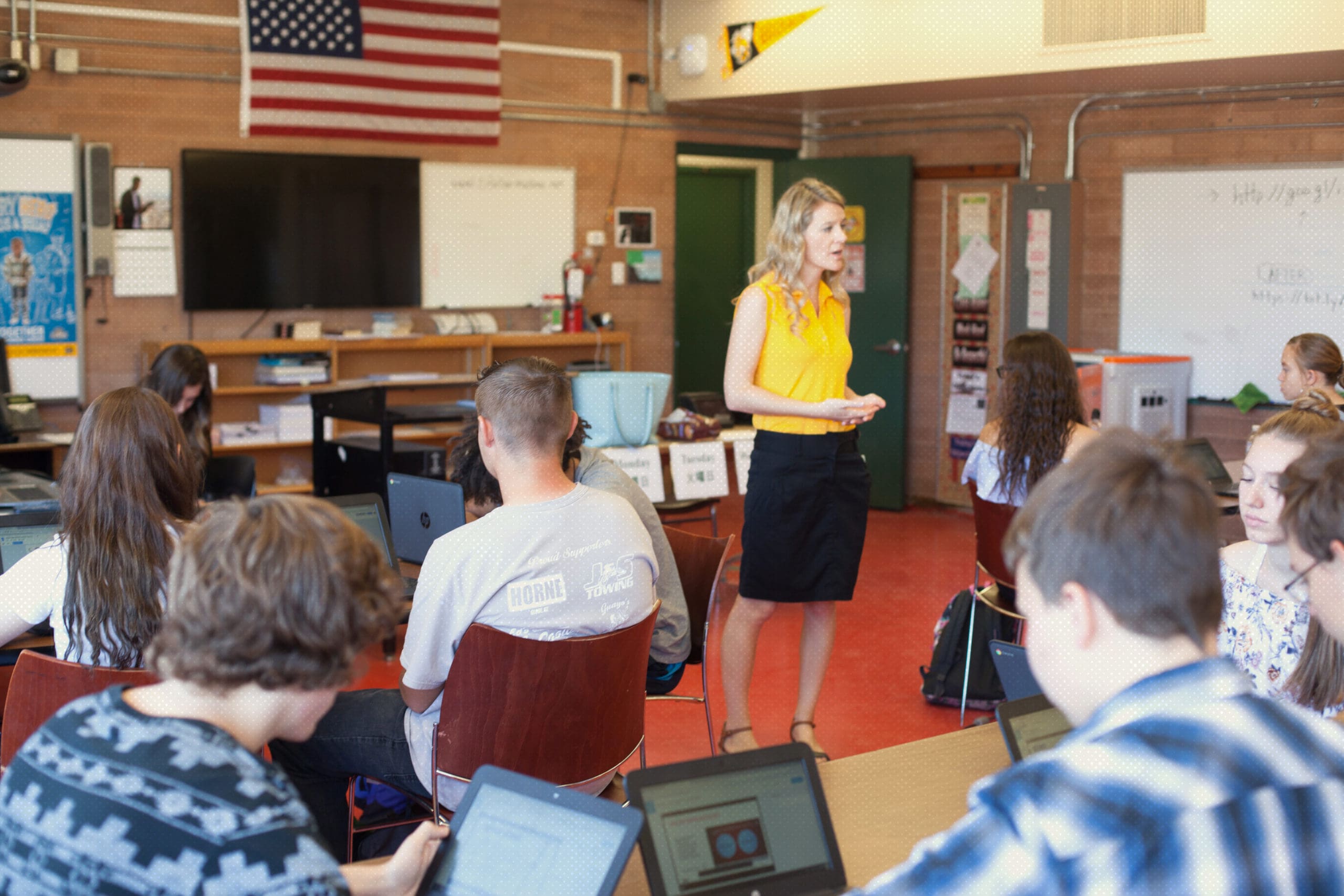ASU Prep Digital and Miami Junior Senior High School Are Building a Next-Generation Classroom To Provide Additional Options to Students in a Rural Area
For many, the American Dream has a similar highlight reel during high school: four years spent making friends, discovering yourself, creating lifelong memories and, most importantly, preparing for college. Across the U.S., test scores and grade point averages consume student minds as they thumb through college pamphlets and mull over majors.
Unfortunately, this American Dream is not accessible to everyone. Due to a lack of academic resources, many high school teachers woefully watch promising young students give up on their college careers long before they’ve had a chance to unfold.
That’s where digital college-preparatory schools like ASU Prep Digital (ASUPD) come in. These institutions are stepping in to provide the academic support and programming necessary to empower students from all walks of life on their distinct paths toward collegiate success.
ASU Prep Partners with Miami Junior Senior High School
In the fall of 2017, ASUPD partnered with Miami Junior Senior High School in Miami, Arizona, to rejuvenate the academic potential of their students. The odds of going to college were stacked against the students of a town with a median family income of approximately $30,000, an unemployment rate of about 45 percent, and very few college graduates.
ASUPD trained Miami High’s teachers to use a blended learning to adopt a modern teaching style that caters to each student’s pace. Fueled by a shared passion for the future of these bright and often-overlooked teenagers, the program has a goal of building the next-generation classroom. The program has thus far been a success with students and families from surrounding communities expressing interest in taking part.

Bridging the Gap
The impact of this kind of immersive scholastic program extends far outside the classroom walls. Students who once felt helpless in commanding their future are now privy to an academic world once reserved for more privileged institutions.
According to Eugene J. Cornacchia, Ph.D., giving high school students access to college prep classes ignites within them a hope of achieving the American Dream, a dream that “however imperfectly realized it may be at times, has nonetheless been the engine of wealth generation, innovation, and upward mobility. But a college education has important non-economic benefits, as well: an engaged citizenry, healthier lives, and commitment to volunteerism, to name just a few.” In other words, these programs have the potential to permanently alter the course of these students’ lives.
And the positive effects of this next-generation classroom seem to ripple beyond the students themselves, ultimately affecting families and entire communities.
As a part of ASU PD’s partnership with Miami High, student Alexandra Anaya participated in the American Dream Academy, which offers resources for families who want to become versed in the college application process. Students learn how to apply to and pay for college, as well as the necessary steps to take before enrolling.
After finishing this course, Alexandra’s newfound confidence spread to other members of her family. Alexandra’s sister, Daisy, had graduated two years earlier but never applied to college out of fear and uncertainty. This program was the catalyst for Daisy’s academic success as she completed her first semester at Arizona State University the following spring.
Starting New Traditions
Many underserved high school students feel excluded from the college experience because it veers from their family’s long-steeped traditions. Often coming from homes that emphasize blue-collar jobs, these students don’t see themselves as fitting the “collegiate mold.” But according to an article in The New York Times, “Nearly 60 percent of admissions directors said they were likely to increase their recruiting of first-generation students this year,” indicating the tides are changing for these students.
These same students are energized to be the first in their family who can proudly sport collegiate attire. “Our students really felt like they were Sun Devils from day one, when lead teacher Mike Kasper and ASU Prep Digital Director Jill Rogier arrived to the school with bags of swag for the kids and spent a day walking them through online classes,” explains Miami High principal Glen Lineberry.
Generating a Bright Future
Rural communities across the nation have faced the problem of academic disappointment for quite some time. Principal Lineberry notes that the change in culture, economy, and education has widened the gap between rural school systems and their suburban and urban counterparts. Programs like ASUPD’s are transforming outdated curriculums and bridging long-standing socioeconomic divides. Next-generation classrooms and college prep programs illuminate a different path forward for students.
Findings by Pew Research Center reinforce that “on virtually every measure of economic well-being and career attainment—from personal earnings to job satisfaction to the share employed full time—young college graduates are outperforming their peers with less education. And when today’s young adults are compared with previous generations, the disparity in economic outcomes between college graduates and those with a high school diploma or less formal schooling has never been greater in the modern era.”
For too long, students across the country have watched the door shut on their college dreams. Institutions like ASUPD are opening these doors and building new portals for success.
To learn more about ASU Prep Digital and the program implemented by Miami Junior Senior High School, contact us here.


